⭐ Măgura CAVE 🐉
„Magurata” is one of the largest caves in Bulgaria – the total gallery length discovered is about 3600 meters, and the area is estimated at about 33 000 sq. m. so far with airspace over 220 thousand cub. m. It consists of one main gallery with southwest-northeast oriented and three side branches. The length of the main gallery is 700 m. Different-sized halls and galleries have also been discovered in the cave, the main of them being the Triumph Hall, the Bat Gallery, the Hall of stalactites, the Art Gallery, the Hall of the fallen pine, the Throne hall, the Ceremonial Hall and The corridor of the fjords. Some of them are known for their exceptional size. ,,Magurata” is the first cave in Bulgaria to open for tourists. It was adjusted and equipped for visitors in 1961.
ORIGIN OF THE CAVE
“Magurata” is a typical example of a cave developed in an allogeneic-type karst. Its formativă started about 15 million years ago. Three cracks formed as a result of tectonic activity and served as the main passages for the water, necessary for the development of karst processes in the limestone layers. In these layers the tectonic river carved impressive halls and branches. It is assumed that later colossal landslides closed pathways in the depth of the cave, therefore more hidden galleries might exist.
Water activity and time have shaped fantastic formations in the cave – stalactites, stalagmites, sinter pockets, as well as the so-called “cave pearls” and cave milk”. Some of these formations, apart from astonishing with their beauty, are quite impressive in size as well. The Big Stalactite is over 20 meters high, with a base diameter of 4 meters. The Fallen Pine is the biggest stalagmite found so far in the all explored Bulgarian caves, with a height of over 11 meters and a diameter at the base of about 6 meters.
In fact, one of the most interesting formations at cave is the so called “cave milk”, consisting of soft chalky colloidal mass hardened throughout time.
Ancient animals 🐉
“Magurata”, like most caves, offers a unique living environment with its specific micro-climate – the temperature is constant during all seasons (+12°C), as well as the humidity – 98%. This, with limited or completely absent light, provides the perfect conditions for the so-called ‘troglobionts’ – animals adapted to underground life. These are mainly invertebrates such as the cave sand hopper and the light- hater and various types of Myriapodas.
The only mammal representatives are bats that have become a symbol of cave life ,,Magurata” is inhabited by five species of bats, that live in mixed colonies. Uncovered fossils show that in prehistoric times, the area of the cave was inhabited by ancient animals such as the cave bear, the cave hyena and others.
Prehistoric men in the cave – Findings
The largest hall in the cave is the Triumph Hall. It covers an area of 5720 square meters, long along the main axis it is 128 m with a maximum width of 58 m. and a height of 21 m. A large alluvial cone was formed in the southern part with stone stairs leading to the bottom of the room. The most interesting stalagmites among the sinter formations in this hall are the Blue Towers, located in the northwest part. The first traces of human presence in the cave date back to 12,000 years ago and were found precisely in The Triumph Hall. It was inhabited by people during the Bronze and Iron Ages. Under the vast reef, over large areas were found foundations of homes, furnaces, tools (scrapers, knives, awls, ornaments) made of flint, stone, bone and antler and various ceramics.
The cave dwellings were built with clay stuck in the floor, wooden stakes distanced 25 cm apart, tangled with rods and plastered with clay. The rock ceiling served as a roof. The flooring was made from yellow clay. The pieces of charred walls and baked floor plaster presume that some of the houses were burnt and repeatedly renewed. The furnaces had a rectangular shape with dimensions 1.3 by 1.1 meters. Foundations of ingles and places for disposal of ashes and embers were found. Numerous remains of pottery (fragments and appliances. vessels) were handmade from clay mixed with small grit. A clay cup, fragments of bowls, shallow and deep dishes for food and water were found alongside other.
The climate and terrain of the area around Rabishka Mound are similar to the Champagne area in France. Therefore Magurata cave offers excellent conditions for champaigning and aging of wines. In one of the branches of the cave – the former Bats’ gallery with an area of 2800 square meters – was established a cellar, unique for Bulgaria, for the production of natural sparkling wine via classic (bottle) technology. High-quality, natural sparkling wine and red wine mature in it and bear the brand ,,Magurata”.
The next hall is called,,Landslip” and covers an area of 2800 square meters. It is 85 m long, up to 68 m wide and high up to 21 m in its western side. The bottom of this room is covered with large and small boulders fallen from the ceiling and walls. The western edge of the ,,Landslip” is connected to the gallery with paintings that initially have a northeast-southwest direction and then turn from southeast to northwest. Three separate small rooms were formed at the end of the hall – the Solar room, the Clay Pots’ room and The Dark room.
The corridor passing through the main axis of the cave is 240 meters in length, covers an area of 3750 square meters and has a maximum height of 24 meters. Here is where the world-famous treasure of Magurata cave is located – the original cave paintings, that are among the most interesting pieces of prehistoric art on the Balkan Peninsula.
The solar ⭐ calendar
They are multi-layered and from different epochs – Epupaleolith, Neolithic, Eneolithic, early Bronze Age. The drawings represent dancing women figures, dancing and hunting men, disguised men, large variety of animals, ,,chess” boards, suns, stars, tools, plants. The discovered solar calendar from the Late Neolithic and Early Bronze Age is characterized by astounding high precision and accuracy of the records. It also preserves information for regional events and feasts with their symbols and particular characters.
The paintings in “Magurata” showcase that the cave was considered a holy temple for a long period of time – from the Neolithic to the Iron Age. The images have similarities with famous prehistoric cultural centers in Italy, the Iberian Peninsula and Front Asia. Undoubtedly they belong to the Mediterranean kind of prehistoric art.
The Hall of Stalactones is one of the largest in the cave. It has an area of 3640 sq. meters and is 92 meters long, 52 m. wide and with maximum high of 16 m. The limestone layer covering this hall is up to 126 m thick. The most notable sinter formations are „The Big” and „The Small” Stalactone that also give the hall its name. The Big Stalactone is 20 m. high and has a circumference of 12 meters. Its eastern part is “eaten away” by huge tumble of wall and ceiling boulder sized 19/24 m. This shows up that the collapse of this huge block happened after the formation of the two stalactones. The most characteristic feature of this hall are the stalagmites called the ,,Two Brothers”. The largest boulders in the cave are scattered in the bottom of the hall. This hall is also utilized as a ,,concert hall” because of its exceptional acoustics. It has been a venue to Vidin Symphony Orchestra of Vidin concerts.
The DRAGON Stalagmite 🐉
The next hall is called “The Fallen Pine” and covers an area of 3590 square meters. It is 102 m long, 48 m. wide and with a maximum height of 14 meters. Here the thickest cave column was formed. The name of the hall is related to the large flattened stalagmite called “The Fallen Pine” that is 11.4 meters long and with base diameter of 6 m. The 2.6 m high stalagmite called “The Dragon” is quite curious too.
Old Europe MultiversX 🇧🇬 NFT P2E experience in Old Europe MultiversX. 🛡 ⚔️ The WAR against the GIANTS 🛡 🏹 a story inspired by real historical facts & real sphinxes from HYPERBOREA, East EUROPE 360 ° 🇷🇴 🇷🇸 🇲🇰 Old EUROPE 🇲🇩 🇦🇱 🇺🇦 🐉 360 ° The Dragons from Belogradchik 🐉


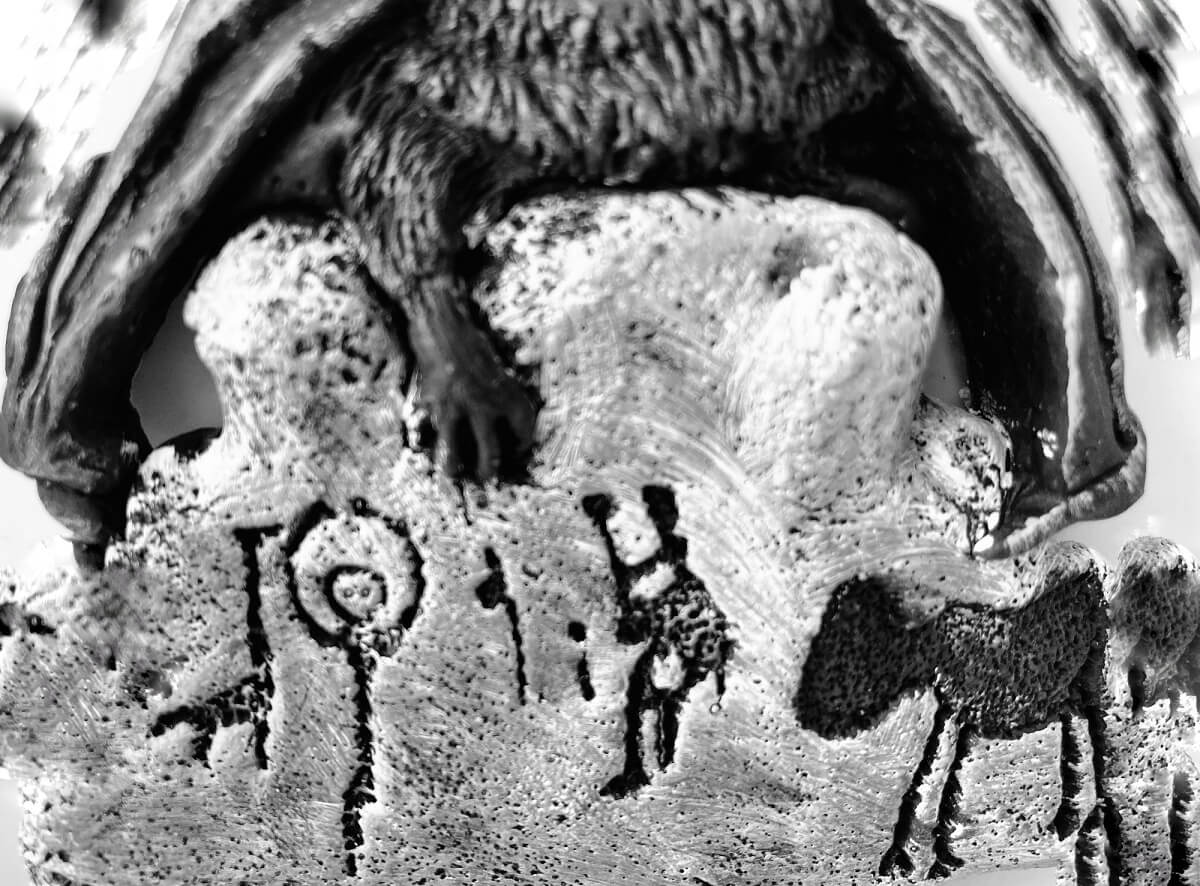
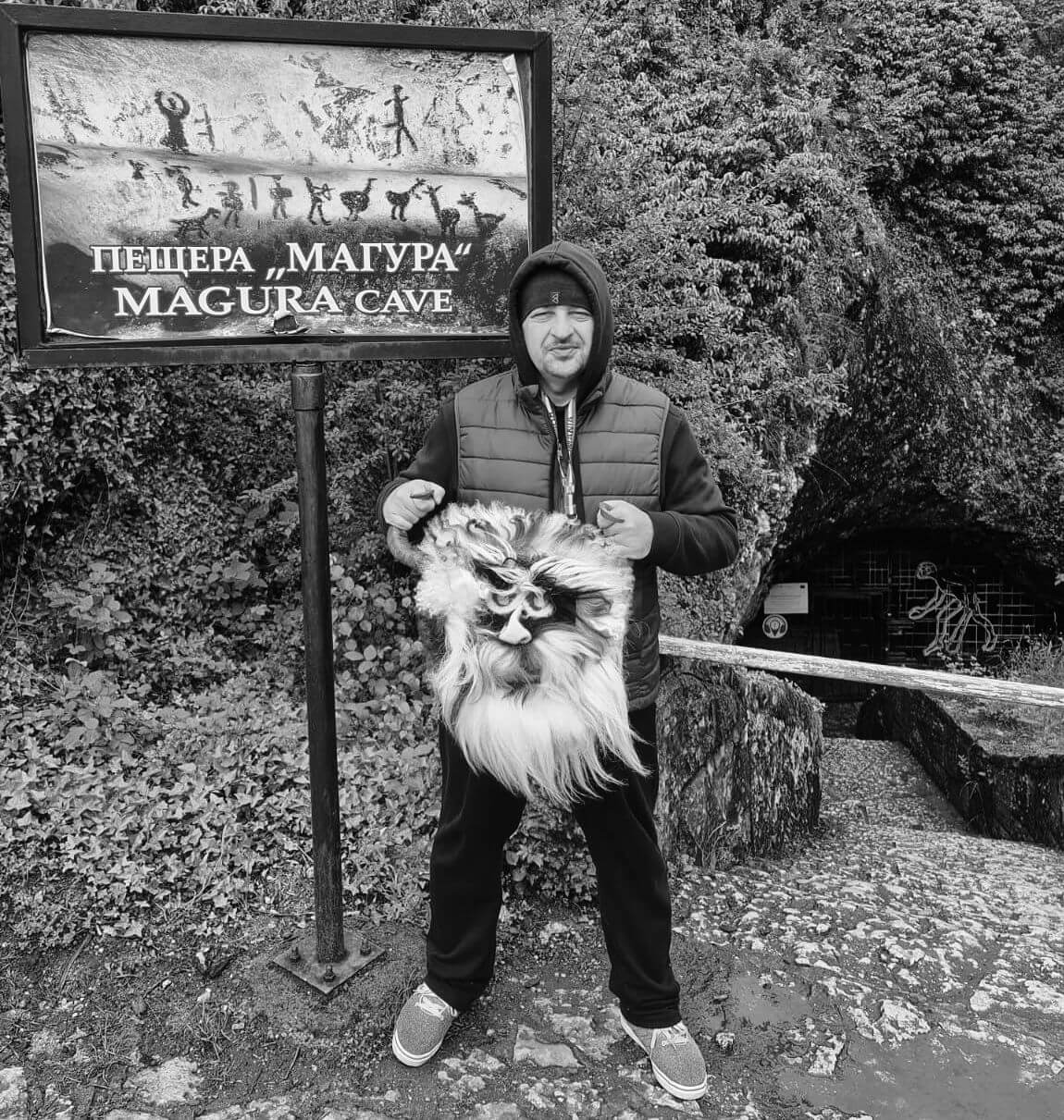

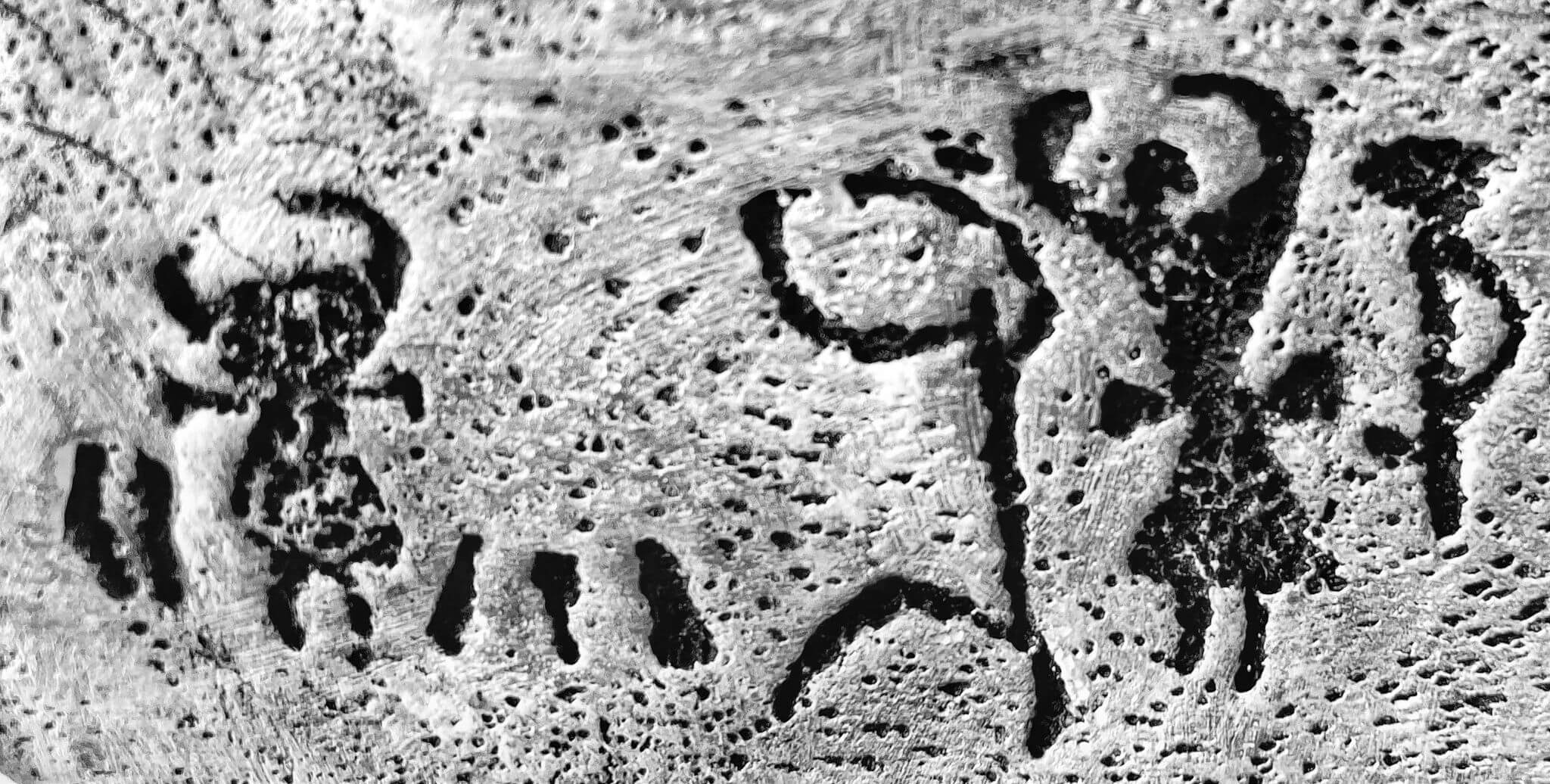

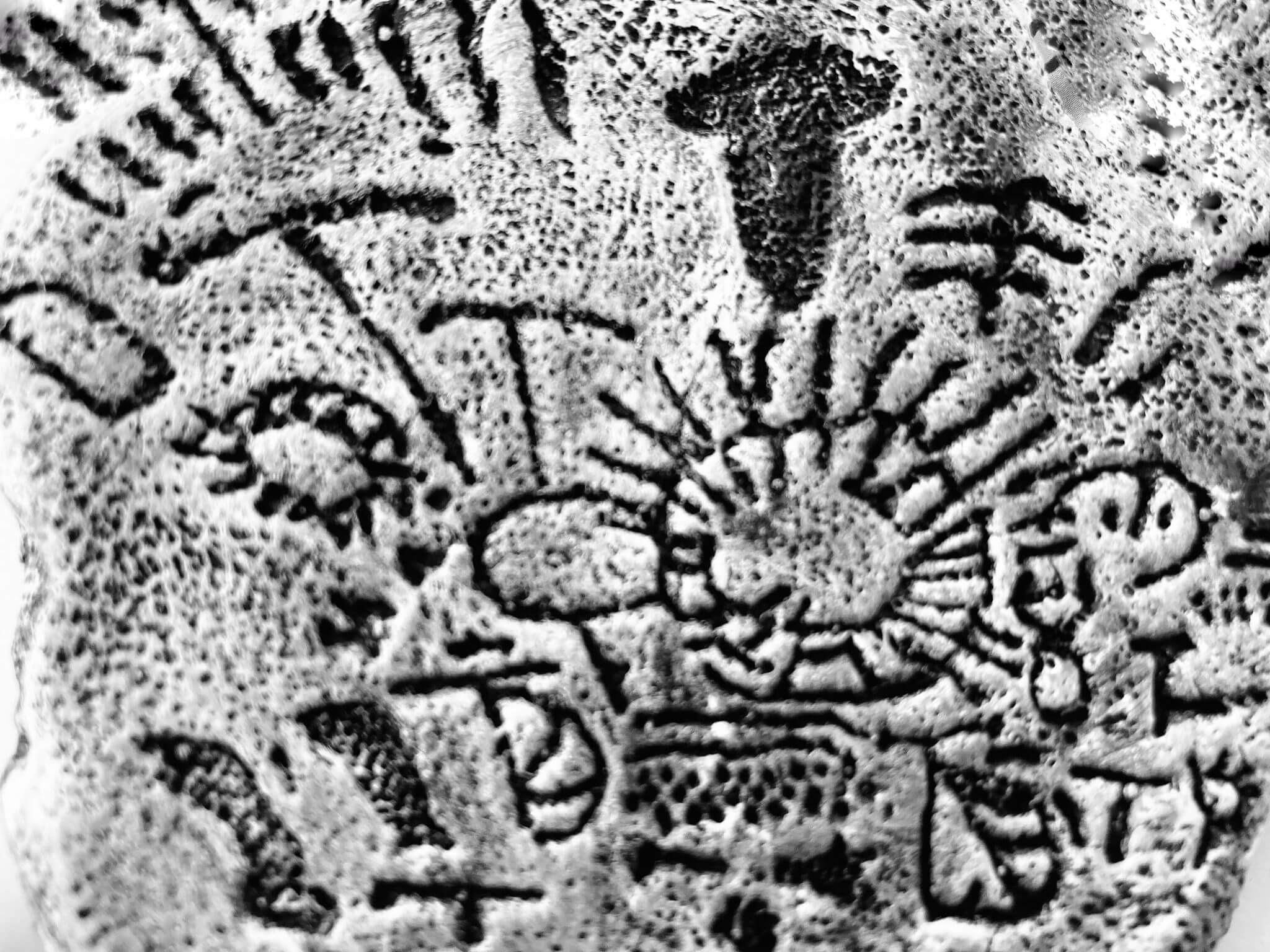

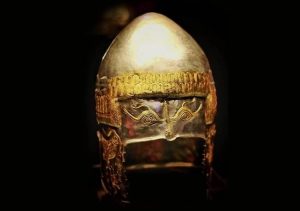
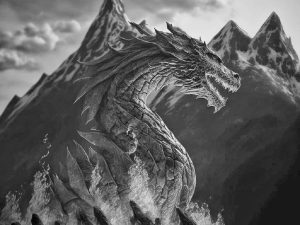
2 thoughts on “The DRAGON Stalagmite from Măgura CAVE”
Comments are closed.